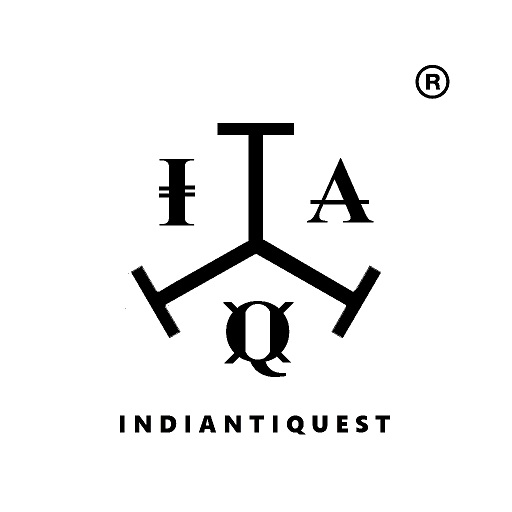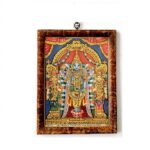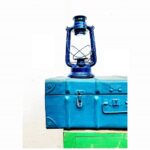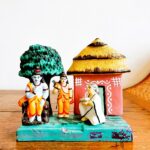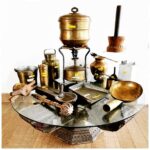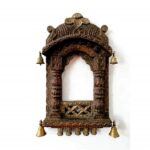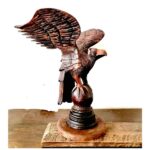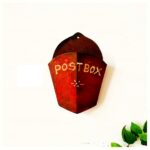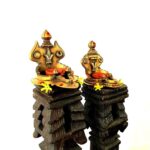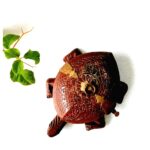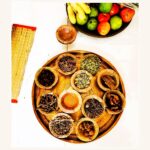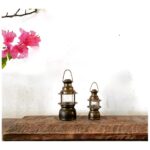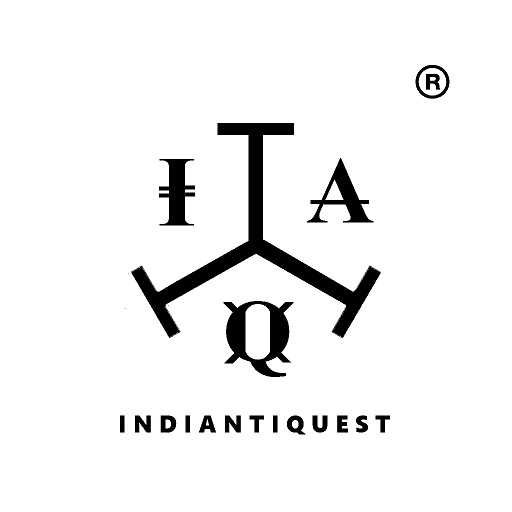Cooking in brass, bronze and copper vessels offer great health benefits, to accrue them one has to select the right vessel, or else would end up with food spoilage, food turning rancid, food poisoning & metal poisoning. As many buyers (& sellers) are unaware of the differences in the metallurgy of antique brass, bronze, copper and bell metal, The shocking truth is that not all brass, bronze and copper vessels are food safe & suitable for cooking.. Lets get in to the details..
Back in those days they used different metal mix ratios and composition formulas for making different brass, bronze, bell metal wares suitable for
1. Cooking foods
2. Cooking & Holding foods
3. Cook, Reheating & Serve foods
4. Dry food storers
5. Wet food storers
6. Non reactive storers
5. Decor & utility ware
In passage of time the art is lost.
Vintage brass, bronze, bell metal and copper vessels buying – Tips & Tricks
While buying antique cookware utmost care should be taken..
.
1. Never buy polished vessels (Exception being Unused dowry collection) but nowadays we see mostly chemical polished, used vessels being faked as unused dowry collection, which will invite diseases & not health, buy vintage cookware in their original finish with patina, say no to polished ones, (polishing is mostly done to repair, hide defects in highly abused articles making them look new and shiny), These metals retains additives & takes long time to get rid of the chemicals & micro metal debris that stays in crevices of vessels during machine polishing, the vessel may look brand new but foods cooked in those are unpalatable loaded with toxins, in olden days when they buy new vessels they use to season it for months with various pre preparation concoctions to get rid of the metal toxins, but are we doing it now for these newly polished brass?.,
.
2. How to select: Before buying antique cookware ask the elders (The generation who actually used them in daily life), do a research (Google helps most of the time), get expert advice, check for colour, weight, resonance (Sound arising when metal is struck in a way the longer the sound higher the quality – Ask for a video), check make method (Best being – Molded, hammered, embossed), sealing (Riveting, zig zag hammering, welding), tin coating., one can always tell out the quality of metal by combination of the above
.
3. Do study: check history, origin, story & checks all requirements, as many online listings are simply copy & paste from internet so be aware shoot out a few questions which will give an idea and clarity
4. Buy regional antiques from the regional sellers – who source them directly, for eg- if you want an Uruli, buy it from a seller from the state of origin – Kerala, if you want a marapachi doll buy it from Andhra seller, If you want Bhuta mask buy from a Karnataka seller – this way you can be sure you get to know the real use, history, origin, cultural significance & above all at the right price..
5. Trust your intuition– its a fact that “Antiques finds its owner & chooses its home” and it should not be like “I bought an antique”, so never buy impulsively or yield to persuasions by seller, it should happen spontaneous & you should feel the connect..
Happy Antiquing….
